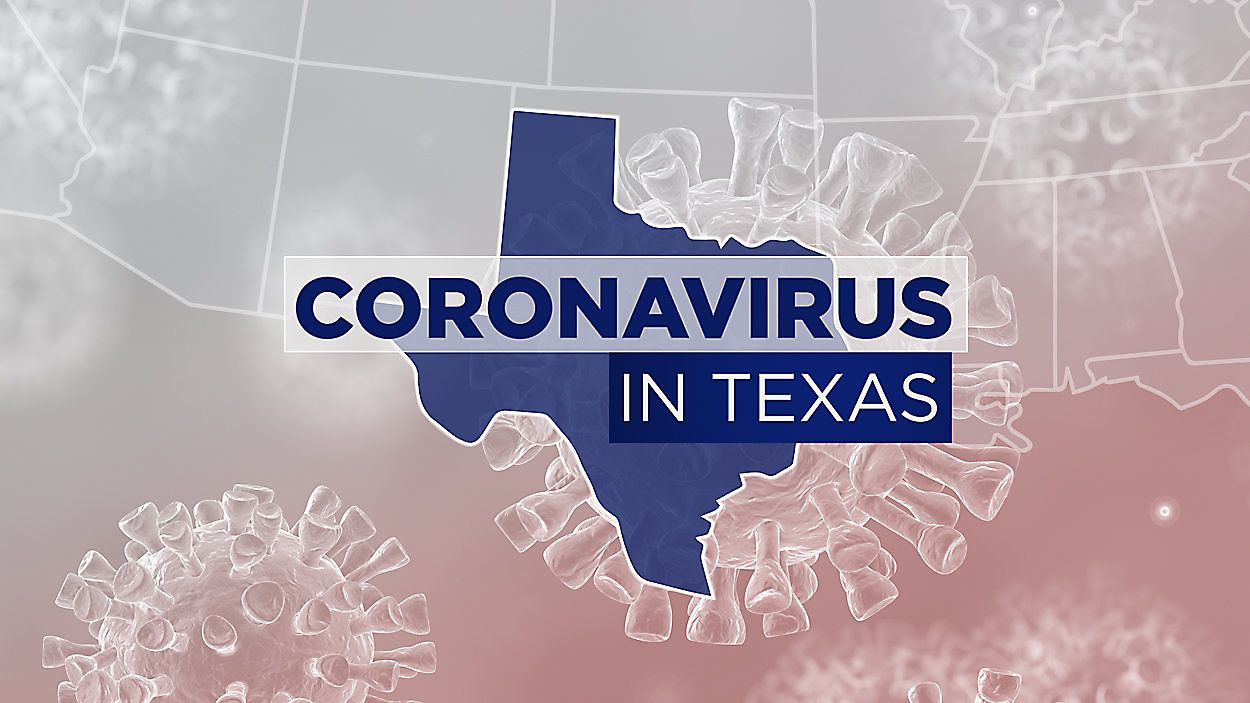TEXAS — Texas continues to report staggering numbers of new cases of COVID-19 and hospitalizations.
The Texas Department of State Health Services on Wednesday reported 61,113 new confirmed cases of the virus as well as 14,704 new probable cases for a total of 75,817.
That doesn’t include at-home positive tests not reported to health authorities.
The state additionally reported another 136 deaths attributed to the disease.
A total 11,571 Texans are now hospitalized with the virus, 2,204 of whom are in intensive care and 1,127 of whom are on ventilators.
A total 429 pediatric patients are now hospitalized with COVID in Texas. The state is down to 131 staffed pediatric ICU beds.
Texas added a total 2,004 hospital admission in the 24 hours since its last update.
In North Texas, some school districts are closing campuses in order to curb the spread of the omicron-fueled disease.
Boyd ISD and Kemp ISD on Wednesday announced schools would be closed over the next few days.
If there’s any good news to report it’s that the Associated Press on Wednesday said scientists are seeing signs that omicron has peaked in Great Britain and may soon peak in the U.S. If that turns out to be true, cases could start dropping dramatically.
The reason: The variant has proved so wildly contagious that it may already be running out of people to infect, just a month and a half after it was first detected in South Africa.
“It’s going to come down as fast as it went up,” said Ali Mokdad, a professor of health metrics sciences at the University of Washington in Seattle.
At the same time, experts warn that much is still uncertain about how the next phase of the pandemic might unfold. The plateauing or ebbing in the two countries is not happening everywhere at the same time or at the same pace. And weeks or months of misery still lie ahead for patients and overwhelmed hospitals even if the drop-off comes to pass.
“There are still a lot of people who will get infected as we descend the slope on the backside,” said Lauren Ancel Meyers, director of the University of Texas COVID-19 Modeling Consortium, which predicts that reported cases will peak within the week.
The Associated Press contributed to this report.
